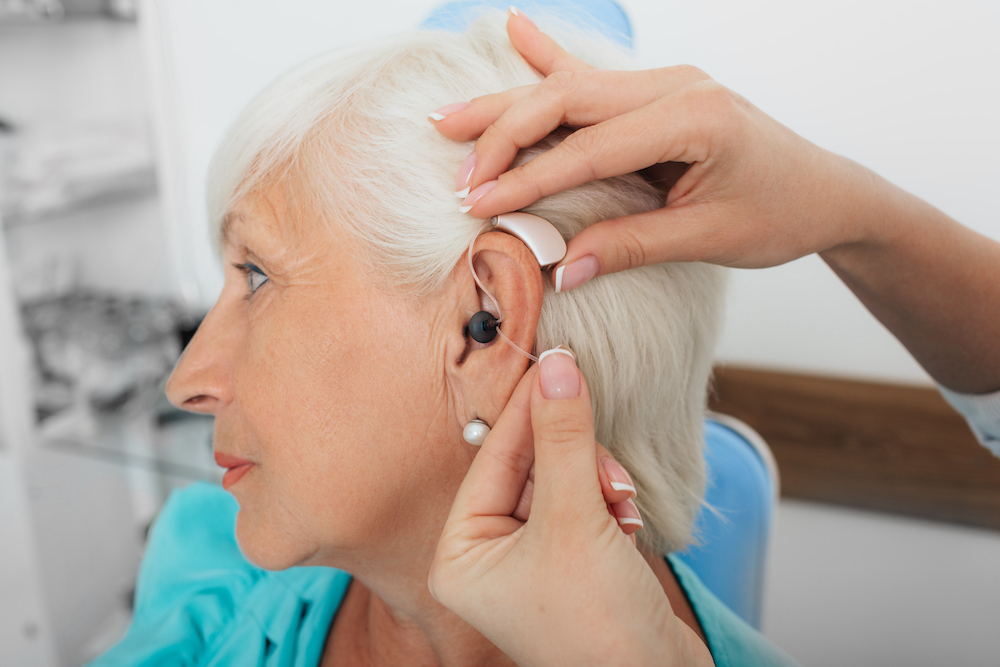What are smart hearing aids and how do they work?
Smart hearing aids are cutting-edge devices that go beyond traditional amplification. These sophisticated gadgets utilize advanced digital technology to process sound in real-time, adapting to various environments automatically. They can connect to smartphones, allowing users to adjust settings, stream audio, and even track their hearing health through dedicated apps.
How do smart hearing aids differ from traditional devices?
Unlike conventional hearing aids, smart devices offer a range of features that enhance the user experience. They can filter out background noise more effectively, focus on specific speakers in crowded settings, and even translate languages in real-time. Many smart hearing aids also incorporate artificial intelligence to learn and adapt to the wearer’s preferences over time.
What makes these devices a modern alternative to outdated tech?
Smart hearing aids represent a significant leap forward in auditory technology. They address many of the limitations of older models, such as poor sound quality in noisy environments and the inability to connect to other devices. With sleek designs and advanced functionality, these modern alternatives encourage users to ditch outdated tech and embrace a more integrated approach to hearing assistance.
Can smart hearing aids be considered invisible devices?
Many smart hearing aids are designed with discretion in mind. Some models are so small they fit entirely within the ear canal, making them virtually invisible to others. Other styles, while not completely hidden, are much less noticeable than traditional behind-the-ear models. This invisibility factor helps reduce the stigma often associated with wearing hearing aids.
How is hearing being redefined by these smart devices?
Smart hearing aids are redefining what it means to live with hearing loss. They’re not just assistive devices; they’re lifestyle enhancers. Users can now seamlessly integrate their hearing aids with other smart home devices, take phone calls, listen to music, and even monitor their physical activity. This holistic approach to hearing health is changing perceptions and improving quality of life for many.
What are the options for smart hearing aids?
Smart hearing aids come in a range of models with varying features. While they often represent a significant investment, many users find the benefits justify the cost. Here’s a comparison of some popular smart hearing aid options:
| Product/Service | Provider | Key Features | |
|---|---|---|---|
| Oticon More | Oticon | AI-powered sound processing, rechargeable | |
| Phonak Paradise | Phonak | Bluetooth connectivity, tap control | |
| ReSound ONE | ReSound | Microphone & receiver in ear canal, app control | |
| Starkey Livio Edge AI | Starkey | Fall detection, language translation |
Prices, rates, or cost estimates mentioned in this article are based on the latest available information but may change over time. Independent research is advised before making financial decisions.
Smart hearing aids are transforming the landscape of auditory health care. By offering advanced features in discreet packages, these devices are encouraging more people to address their hearing needs without hesitation. As technology continues to evolve, we can expect even more innovative solutions that further redefine our approach to hearing health and enhance the lives of those with auditory challenges.
This article is for informational purposes only and should not be considered medical advice. Please consult a qualified healthcare professional for personalized guidance and treatment.
The shared information of this article is up-to-date as of the publishing date. For more up-to-date information, please conduct your own research.

